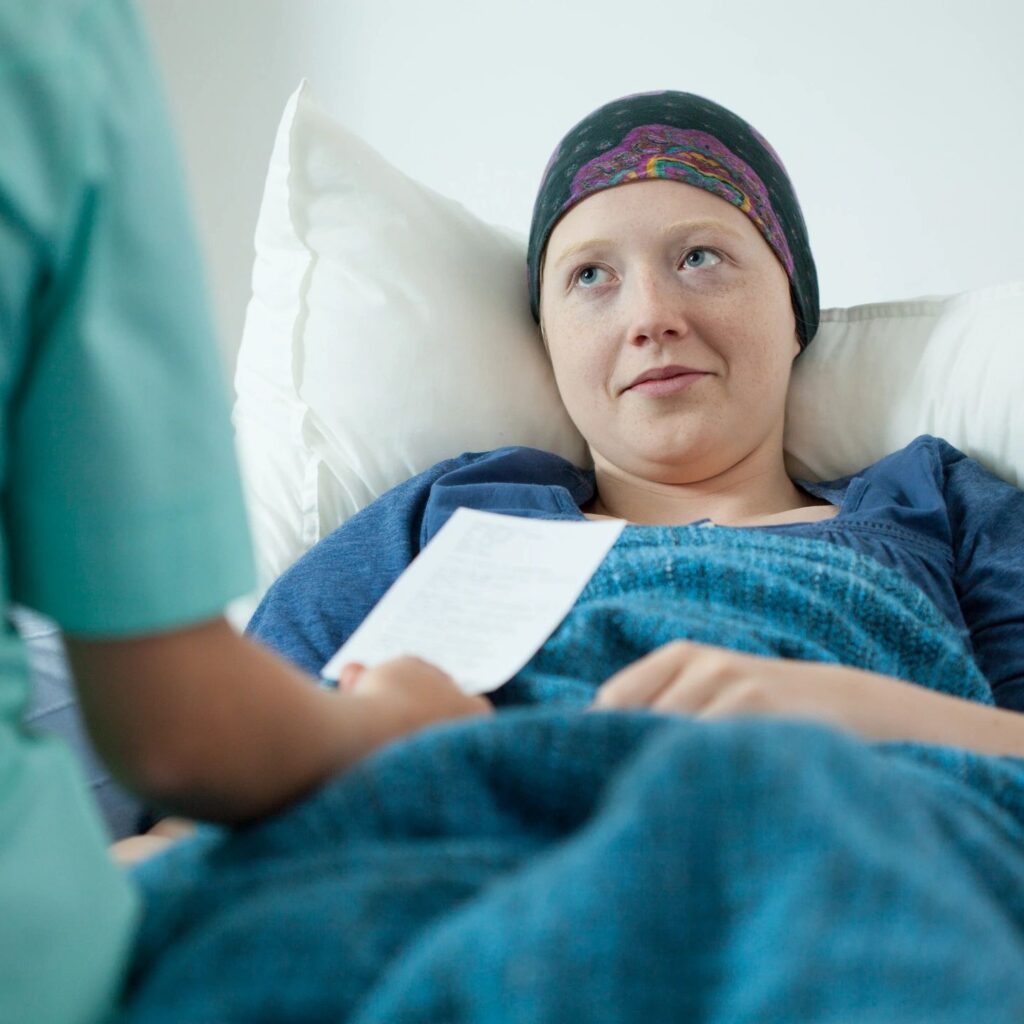Understanding Cervical Cancer: Causes, Symptoms, and Prevention

Cervical cancer is a significant health concern for women worldwide, but with early detection and proper treatment, it is often preventable and curable. Understanding the basics of cervical cancer, including its causes, symptoms, and prevention strategies, is crucial for women’s health and well-being. In this article, we’ll explore what cervical cancer is, its risk factors, common symptoms, diagnostic methods, and preventive measures.
What is Cervical Cancer?
Cervical cancer is a type of cancer that begins in the cells of the cervix, the lower part of the uterus that connects to the vagina. Most cases of cervical cancer are caused by persistent infection with high-risk strains of the human papillomavirus (HPV), a sexually transmitted infection. Over time, HPV infection can lead to changes in the cells of the cervix, eventually progressing to cervical cancer if left untreated.
Risk Factors for Cervical Cancer:
Several factors can increase a woman’s risk of developing cervical cancer, including:
HPV Infection: Infection with high-risk strains of HPV, particularly HPV types 16 and 18, is the primary risk factor for cervical cancer.
Smoking: Tobacco use increases the risk of cervical cancer and can accelerate the progression of HPV-related cervical abnormalities.
Weak Immune System: Conditions or medications that weaken the immune system, such as HIV/AIDS or immunosuppressant drugs, can increase the risk of cervical cancer.
Early Sexual Activity: Engaging in sexual activity at a young age or having multiple sexual partners increases the risk of HPV infection and cervical cancer.
Family History: Women with a family history of cervical cancer or precancerous cervical lesions may have an increased risk of developing the disease.
Common Symptoms of Cervical Cancer:
In its early stages, cervical cancer may not cause any symptoms, which is why regular cervical cancer screening is essential for early detection. However, as the disease progresses, women may experience the following symptoms:
Abnormal Vaginal Bleeding: This includes bleeding between periods, after sexual intercourse, or after menopause.
Pelvic Pain: Persistent pelvic pain, discomfort, or pressure may occur as the cancer grows and spreads.
Changes in Urination or Bowel Habits: Advanced cervical cancer may cause urinary or bowel symptoms, such as increased frequency or urgency.
Pain During Sexual Intercourse: Pain or discomfort during sexual intercourse (dyspareunia) may occur as a result of cervical cancer.
Diagnosis and Screening:
Regular cervical cancer screening, such as Pap tests and HPV testing, plays a crucial role in early detection and prevention. Pap tests, also known as Pap smears, involve collecting cells from the cervix to check for abnormalities or precancerous changes. HPV testing checks for the presence of high-risk HPV strains in cervical cells. If abnormal cells or HPV infection are detected, further diagnostic tests, such as colposcopy, biopsy, or imaging studies, may be performed to evaluate the extent of the disease.
Prevention and Treatment:
Preventing cervical cancer begins with HPV vaccination and regular cervical cancer screening. The HPV vaccine is highly effective at preventing infection with high-risk HPV strains and reducing the risk of cervical cancer. Additionally, practicing safe sex, limiting sexual partners, and avoiding smoking can help reduce the risk of HPV infection and cervical cancer. If cervical cancer is detected, treatment options may include surgery, radiation therapy, chemotherapy, or a combination of these modalities, depending on the stage and extent of the disease.
Cervical cancer is a significant health issue for women worldwide, but with early detection, regular screening, and preventive measures, many cases can be prevented or effectively treated. Understanding the risk factors, symptoms, diagnostic methods, and prevention strategies for cervical cancer is essential for women’s health and well-being. By staying informed and proactive about cervical cancer screening and vaccination, women can take control of their health and reduce their risk of developing this preventable disease.
Comments are closed